Determining the structural loads that we need to consider when conducting structural analysis and design of structures
In this article, we will dive deeper into the types of loads that we need to consider in the analysis and design of structures such as:
- Dead Load;
- Live Load;
- Snow Load;
- Wind Load;
- Seismic Load;
- Ice Load;
- Soil Load;
- Flood Load;
- Rain Load;
- Temperature Load; and
- Differential Settlement.
Dead Load
Dead loads consist of the weight of construction material incorporated into the building, but not limited to, structure, walls, floors, roofs, ceilings, stairways, ramps, finishes, cladding, and other incorporated architectural and structural systems, and fixed service equipment (ASCE 7-16). These permanent loads greatly affect the behavior of the structure, especially when the structure is experiencing dynamic loads such as the wind and earthquakes in combination with the dead load.
The values for these loading are mostly shown on the reference code being used in terms of their corresponding unit weight multiplied by the thickness or volume of the material as specified in the construction drawings.
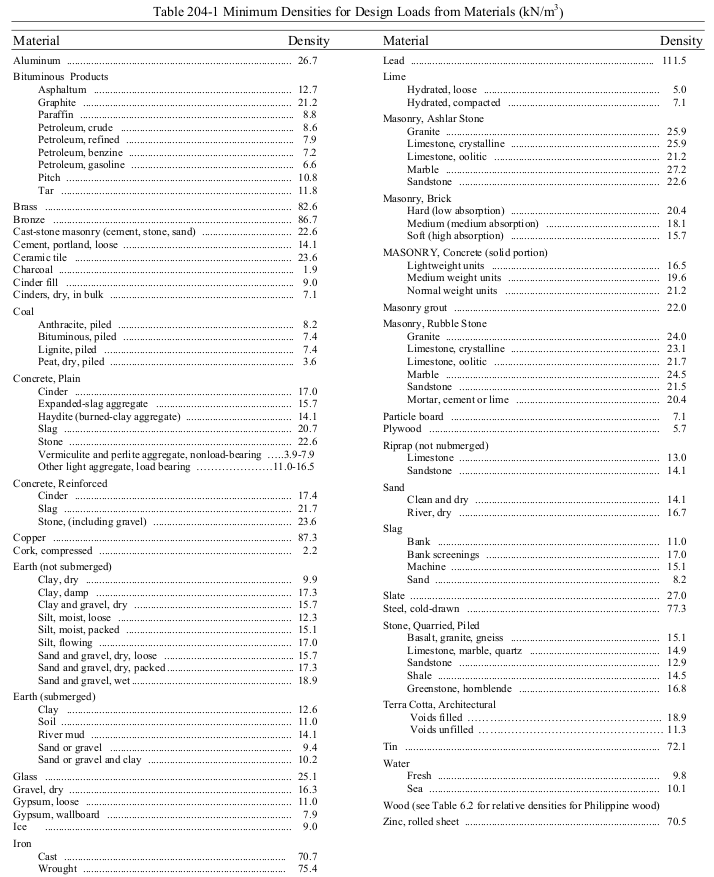
Figure 1. Unit weight of common construction materials (NSCP 2010).
Live Load
Another load that should always be considered is the live load. Live loads are loads that are produced by the use and occupancy of the building or other structure that do not include construction or environmental loads, such as wind load, snow load, rain load, earthquake load, and flood load (ASCE 7-16). Live loads include the occupants of the structure, vehicle traffic, furniture, equipment, movable partitions, and some temporary structures that will only be used for a short period of time.
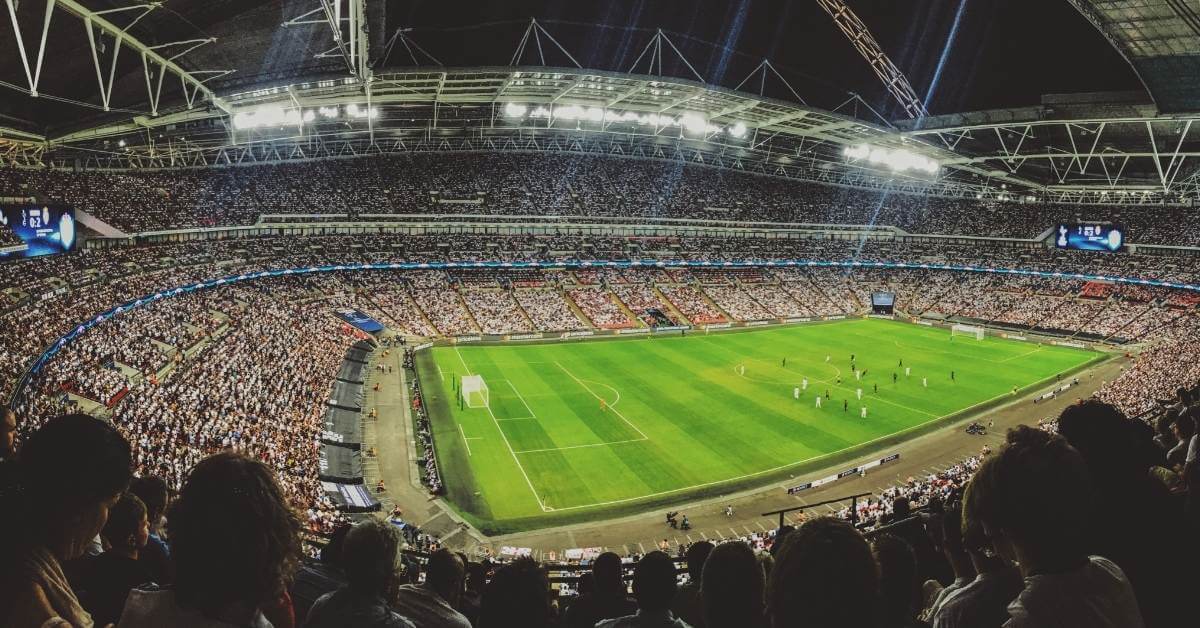
Snow Load
For areas that experience snow, structures should be designed to resist balanced or undrifted and unbalanced or drifted snow loads. The balanced or undrifted snow loads are the loads that are generated due to the accumulation of snow without the influence of wind. On the other hand, the unbalanced or drifted snow load is affected by the direction of the wind and configuration of the structure – where snow can accumulate on obstructions above the roof such as firewalls, chimneys, and parapets relative to the wind source.
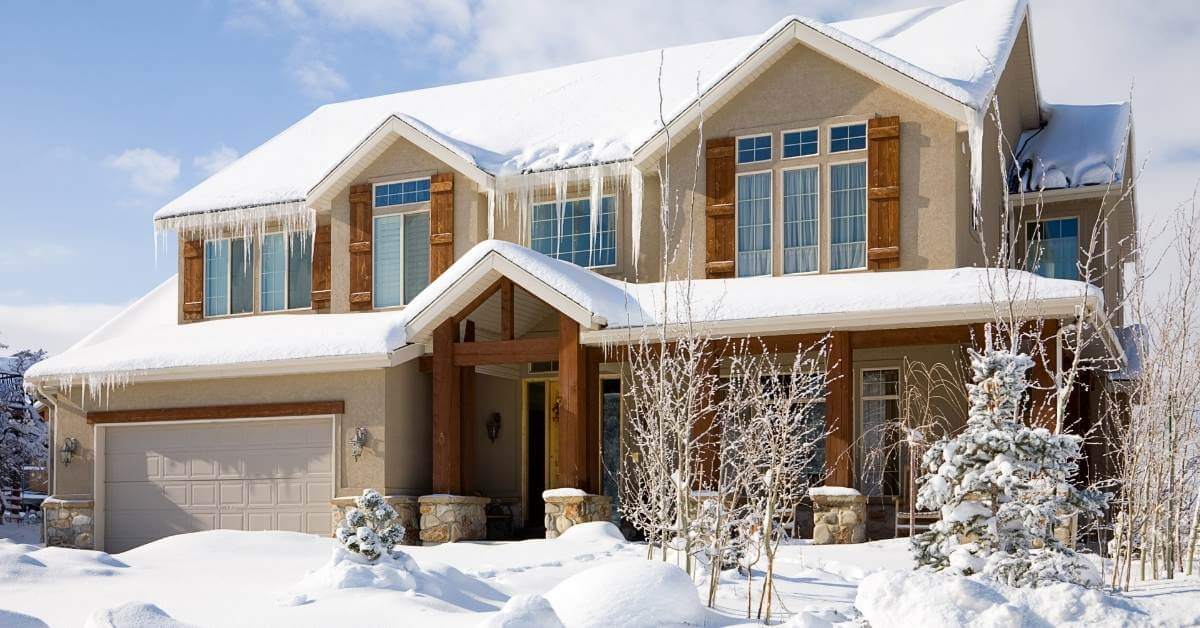
SkyCiv automates the snow load calculations with a few parameters on select areas. Try our SkyCiv Load Generator
Wind Load
Engineers must consider wind forces during typhoons or hurricanes in the structural analysis and design of structures. These wind pressures generate forces that can destroy the whole structural frame or damage some building components such as cladding, purlins, trusses, etc.
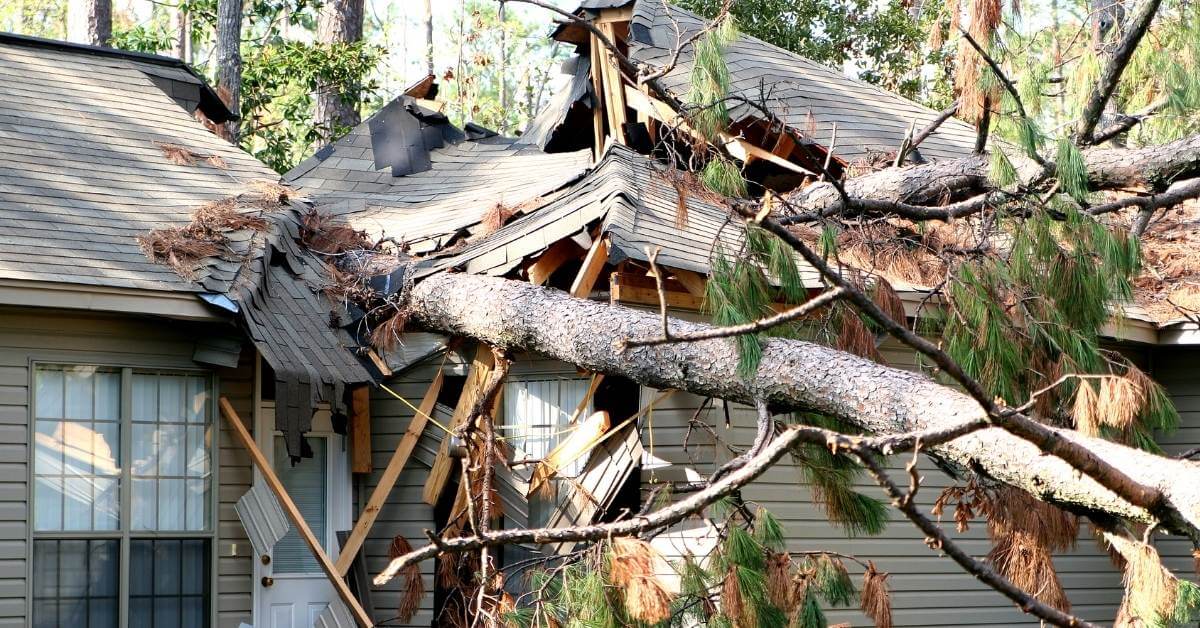
SkyCiv automates the wind load calculations with a few parameters. Try our SkyCiv Load Generator
Seismic Load
Engineers must also carefully calculate earthquake loads for countries located in seismically active regions to have a safe and sound structure. The simultaneous horizontal and vertical forces acting on the structural elements can cause damage and, worst case, destroy the buildings, which will eventually cause loss of lives. Special requirements for the design, detailing, and construction must be satisfied following the local building code to counter this effect.
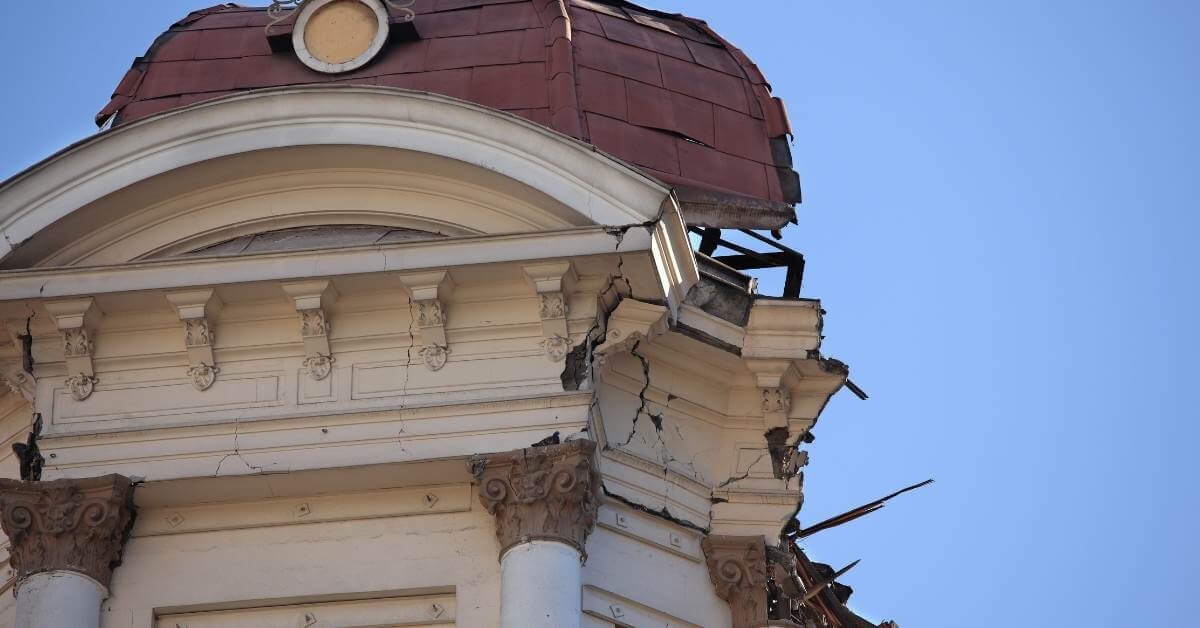
Ice Load
In contrast with snow loads, ice loads are caused by freezing rain, snow, and in-cloud icing on ice-sensitive structures such as cables, lattice structures, flagpoles, signs, etc. The frozen ice on the structure, if not considered properly, can cause significant stresses on the structural members and, in effect, will lead to damage or destruction of the system.
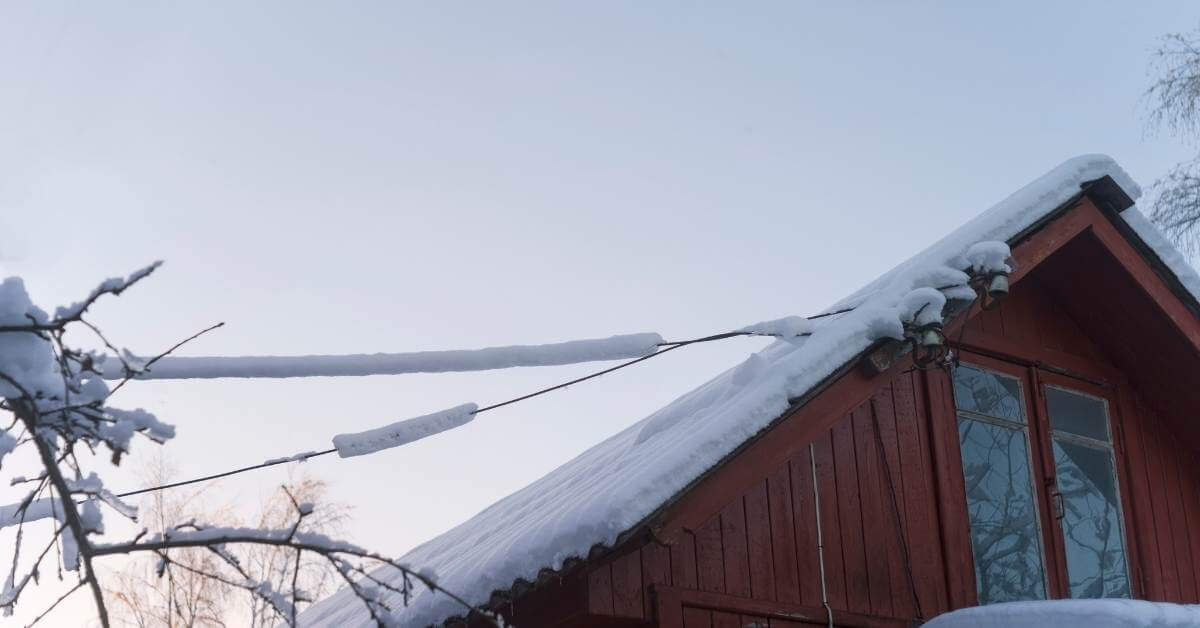
Soil Load
Structures such as basement floors, foundations, and retaining walls experience lateral loads generated from the adjacent soil. Water at the groundwater table and surcharge load above the ground generate uplift pressure acting on these underground structural elements.
SkyCiv offers a free Retaining Wall Calculator that will calculate the lateral earth pressure on the wall, and perform a stability analysis on your retaining walls. The paid version also displays the full calculations, so you can see step by step, how to calculate the stability of a retaining wall against overturning, sliding, and bearing!

Flood Load
Flood loads are hydrostatic loads caused by a depth of water to the level of the design flood elevation, both above and below the ground level, including the dynamic effects of moving water.

Rain Load
Rain load refers to the pressure developed due to the ponding of water due to clogged drainage, specifically on roof decks or balconies.

Temperature Load
Structural materials such as concrete and steel expand or contract with changes in temperature and this can cause initial stresses that will decrease the capacity and lifespan of the material. Therefore expansion joints are added to mitigate the effect of temperature on the material.
Learn more about how you can use SkyCiv S3D to analyze temperature loads using Prestress Loads.
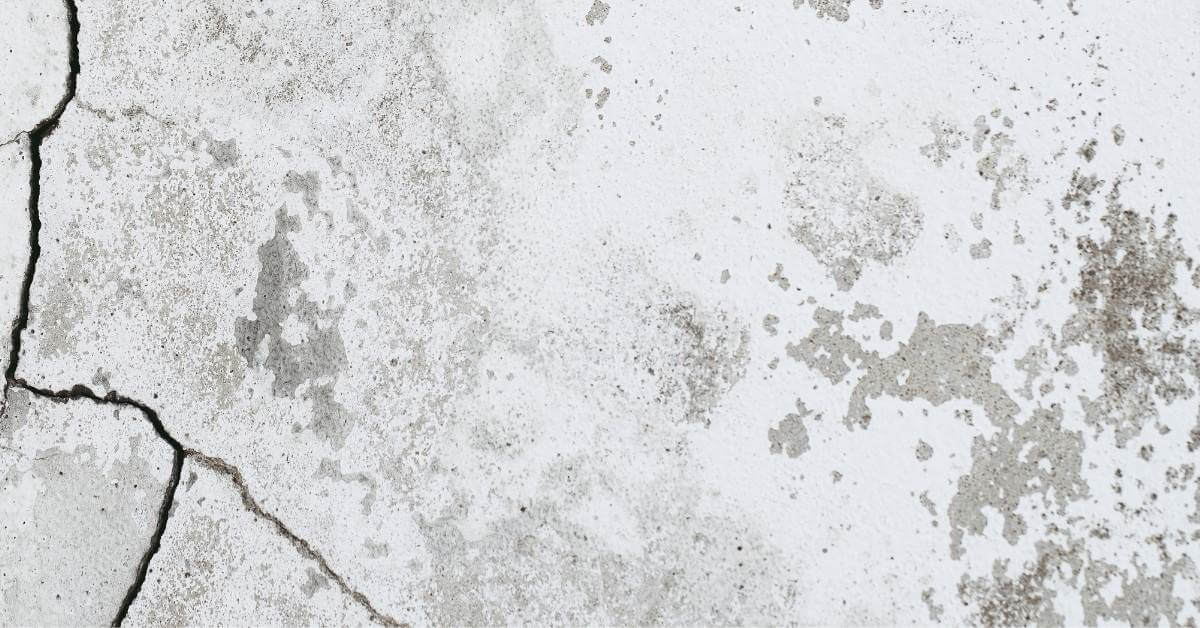
Differential Settlement
Loads transferred to the foundation can cause the settlement of soil due to compaction or expansion of soil materials beneath the contact area. The settlement of foundations in these areas differs due to differences in loads applied. Therefore, the differences in the displacement, known as differential settlement, can cause significant stress on the structural members and can lead to damage and destruction of the whole structure.
In SkyCiv S3D, you can specify settlement on your structural model thru Supports -> Settlements. Check out this S3D documentation for more details.
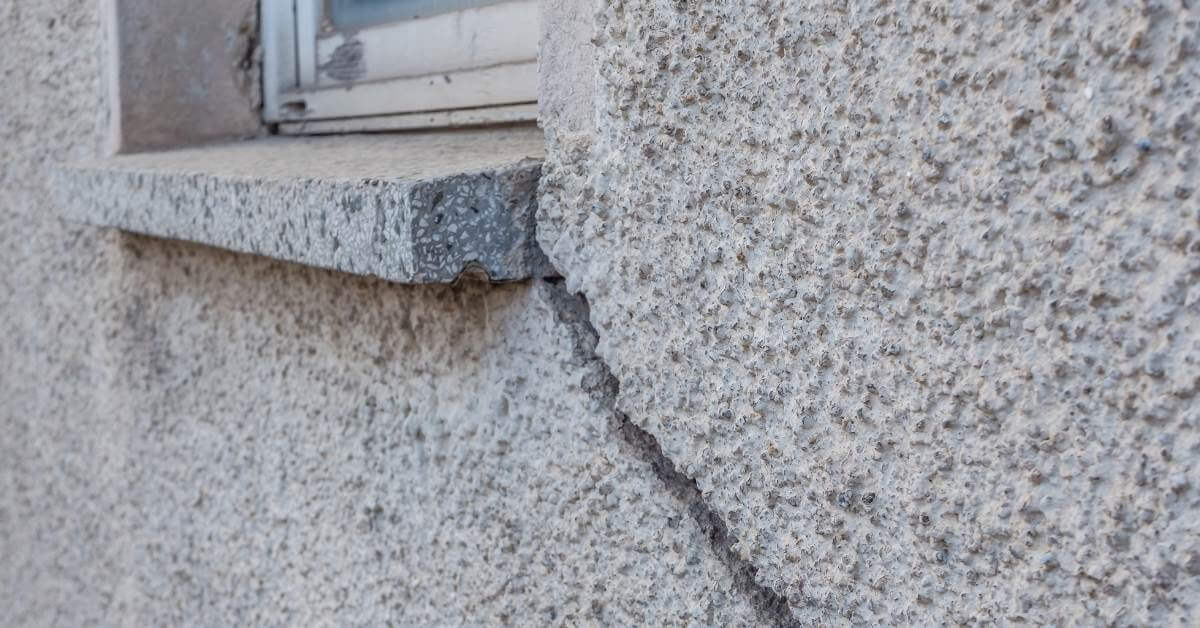
Structural Engineer, Product Development
MS Civil Engineering
References
- Association of Structural Engineers of the Philippines. (2010). National Structural Code of the Philippines: Buildings, Towers and Other Vertical Structures. Association of Structural Engineers of the Philippines.
- American Society of Civil Engineers. (2017, June). Minimum design loads and associated criteria for buildings and other structures. American Society of Civil Engineers.
- Types of structural load. (n.d.). Retrieved May 10, 2022, from https://www.designingbuildings.co.uk/wiki/Types_of_structural_load.
More Resouces



